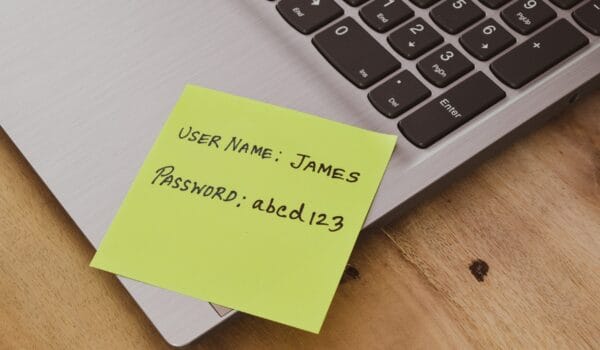In the digital age, your online presence is invaluable. Whether you’re an individual, a small business, or a corporation, maintaining a strong and secure online identity is crucial. However, the internet is also a playground for cybercriminals looking to exploit any vulnerability they can find.
One such threat that often goes unnoticed is look-alike domain threats. In this blog post, we will explore what look-alike domains are, why they pose a significant threat, and how you can protect yourself or your business from falling victim to these malicious schemes.
What Are Look-Alike Domains?
Look-alike domains, as the name suggests, are web addresses that closely resemble legitimate domain names but are designed to deceive users. These deceptive domains typically contain slight variations, such as misspellings, hyphens, or additional characters, making them appear almost identical to the legitimate ones. Cybercriminals create look-alike domains with the intention of tricking users into believing they are accessing a trusted website or service when, in reality, they are being directed to a fraudulent one.
Why Look-Alike Domains Are a Significant Threat
Phishing Attacks: One of the primary purposes of look-alike domains is to facilitate phishing attacks. Cybercriminals use these deceptive domains to send fraudulent emails or messages, often mimicking reputable organizations, and lure recipients into clicking on malicious links. Once users visit the fraudulent website, they may unknowingly provide sensitive information, such as login credentials, credit card details, or personal data, which can then be exploited for nefarious purposes.
Brand Impersonation: Look-alike domains are frequently employed to impersonate well-known brands or companies. This can damage the reputation of the legitimate entity and confuse customers. These deceptive websites may promote counterfeit products or services, potentially leading to financial losses for consumers.
Malware Distribution: In addition to phishing, cybercriminals often use look-alike domains to distribute malware. Unsuspecting visitors may unknowingly download malicious software onto their devices, leading to compromised security, data breaches, and further cyberattacks.
Protecting Yourself from Look-Alike Domain Threats
Now that we understand the dangers posed by look-alike domains, let’s explore some proactive steps you can take to protect yourself or your organization:
Stay Informed: Awareness is the first line of defense. Regularly educate yourself and your employees about the dangers of look-alike domains and phishing attacks. Be cautious when receiving unsolicited emails or messages with suspicious links.
Double-Check URLs: Always scrutinize URLs carefully before clicking on them. Look for misspellings, additional characters, or subtle variations that might indicate a look-alike domain. If something feels off, don’t click on the link.
Use a Trusted Domain Registrar: When registering domains for your business, choose a reputable domain registrar. Many well-known registrars offer domain protection services that can help identify and prevent look-alike domain registrations associated with your brand.
Implement Email Filtering: Employ email filtering solutions that can identify and block phishing emails. These filters use various techniques to detect suspicious content, including links to look-alike domains.
Enable Multi-Factor Authentication (MFA): MFA adds an extra layer of security by requiring users to provide multiple forms of verification before accessing accounts. Even if a cybercriminal obtains your login credentials, MFA can help prevent unauthorized access.
Monitor Your Online Presence: Regularly monitor the internet for any domains that resemble yours and could potentially be used for fraudulent purposes. This proactive approach can help you take swift action to mitigate threats.
Report Suspicious Activity: If you come across a look-alike domain or suspect phishing attempts, report them to the appropriate authorities and organizations. Reporting such incidents can help prevent others from falling victim to the same threats.
Look-alike domain threats are a stealthy and pervasive danger in the digital landscape. Cybercriminals continue to evolve their tactics to deceive users and compromise online security. By staying vigilant, educating yourself and your team, and implementing robust security measures, you can significantly reduce the risk of falling victim to these malicious schemes. Remember that protecting your online identity is an ongoing effort, and staying informed is your best defense against look-alike domain threats.







